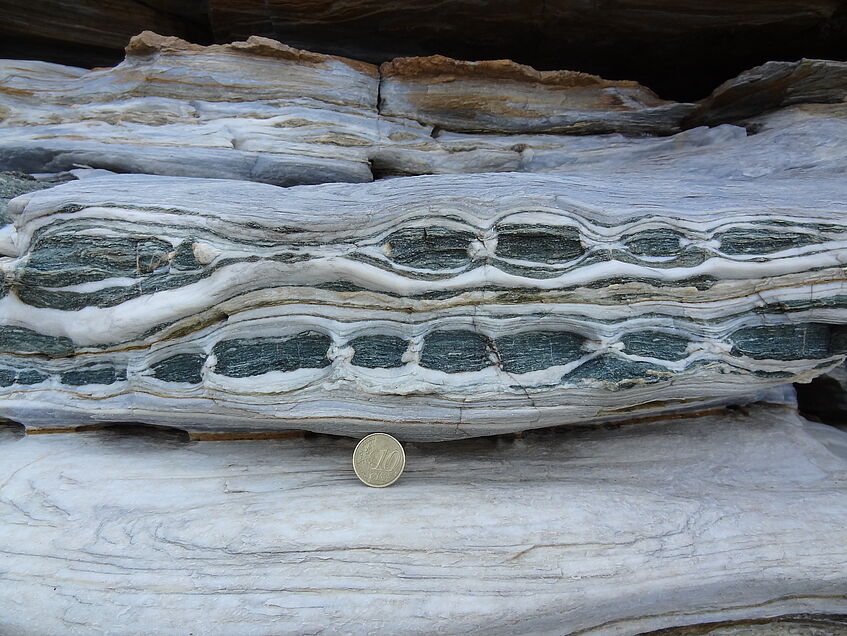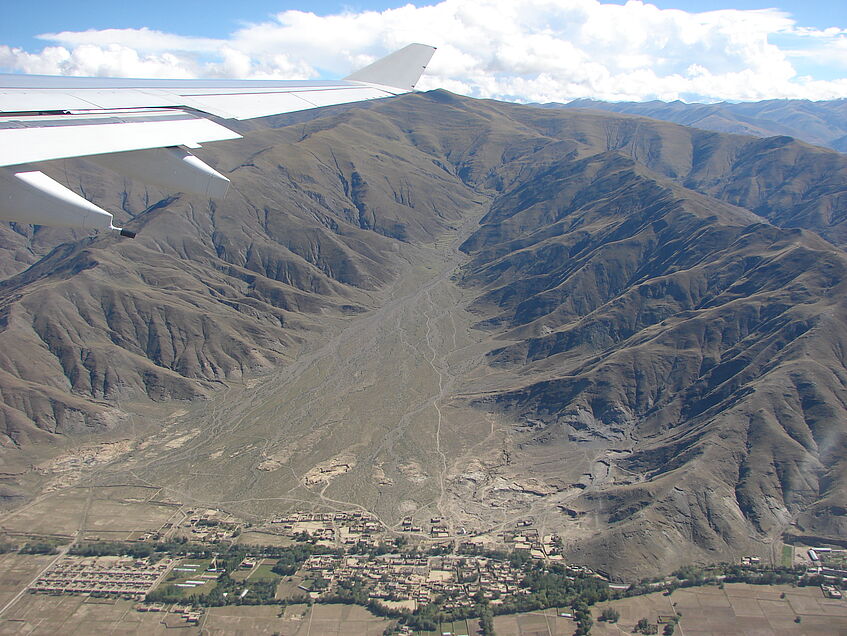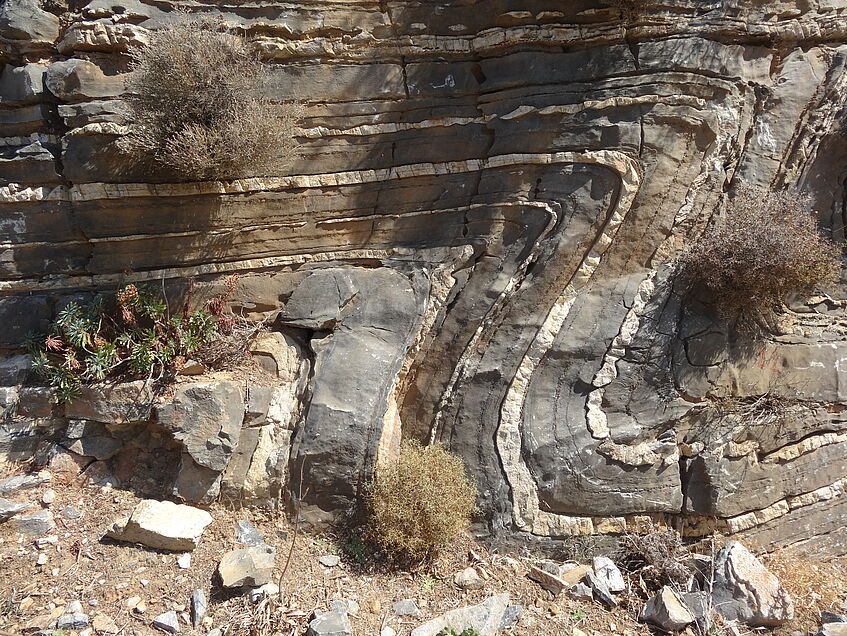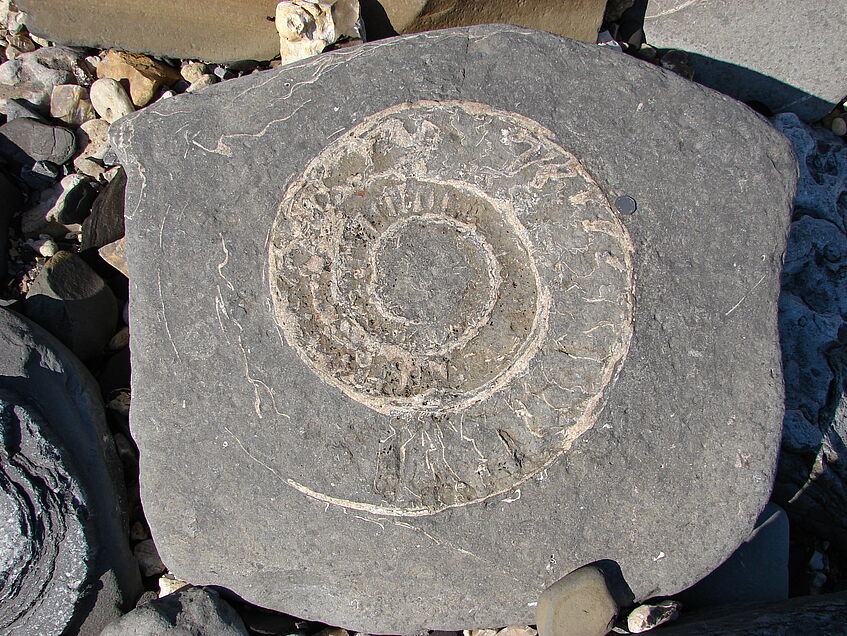Research at the Department of Geology
The Department of Geology (Institut für Geologie - IfG) focuses on various geological processes, which are investigated in close collaboration between the individual working groups within the IfG, the Faculty of Geosciences, Geography and Astronomy (FGGA) and other faculties of the University of Vienna.
The main focus of the IfG is on pure and applied research of deformation of the ductile/brittle crust and Earth-surface processes, in order to contribute to future challenges of our planet concerning energy supply, resources, water and climate change.
Regional and field-based geology, supported increasingly during the last years by digital field methods and quantitative modelling of geological processes form the foundation of academic and applied Earth sciences research.
Basic and applied research projects investigate deformation mechanisms in crustal rocks, rock-fluid interaction during deformation, geological evolution of alpine-type collision orogens, climate-change through geological times, including past and present glacial landscapes, the transition of the Earth from cold to warm phases, and its descent into the Anthropocene.
Topics:
- 3D structural modeling
Models of natural deformation structures, especially fault systems, are being reconstructed using three-dimensional modeling software (e.g. Gocad, Petrel). The data are collected from either field mapping (DGPS, Laserscanning, Ground Penetrating Radar) or laboratory analyses (thinsections, micro-tomography).
- Numerical modeling of structures
2D and 3D numerical modeling enhances our understanding of the progressive evolution of deformation structures, especially of fault systems. In ideal cases, the future development of structures can be predicted.
- Deformation and exhumation in collision orogens
A combination of structural, petrological and geochronological methods is being used to establish pressure-temperature-time-deformation paths of rocks in collision zones, especially in the Eastern Alps. Further, the interaction of climatically controlled surface processes with deformation at depth is being used to study the evolution of orogens.
- Active tectonics - tectonic geomorphology
Active tectonics not only directly controls the geomorphological evolution of the land surface but also influences socio-economic systems. Using a multidisciplinary approach (geology, geophysics, geomorphology, geodesy), the recent and active fault systems in the Vienna Basin are being investigated.
- Brittle tectonics, speleology and karst morphology
The natural flow of surface- and groundwaters are being investigated by combining karst morphology, speleological investigations and brittle tectonics. The work focusses on the Calcareous Alps, which are the major source of Vienna's drinking water.

© B. Grasemann

© M. Wagreich

© B. Grasemann

© M. Wagreich
